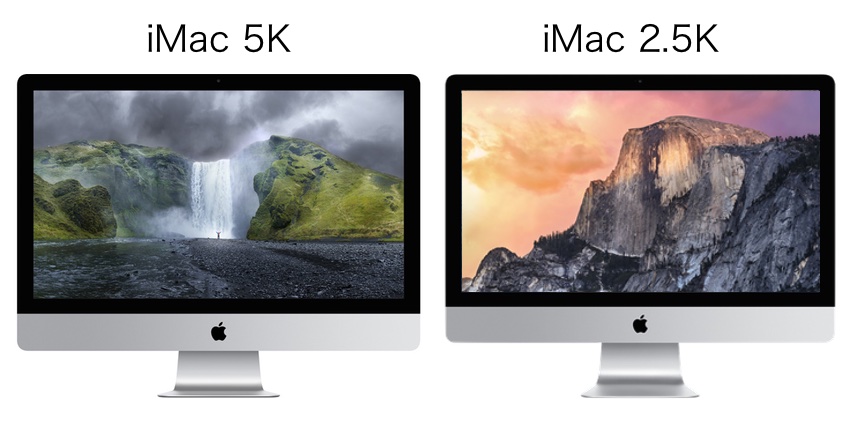

Let’s check out the pros and cons of Mojave. Among the most notable additions were Dark Mode, improvements to Finder, and an enhanced App Store. Mojave: The Good and BadĪpple’s macOS 10.14 Mojave debuted as a visually stunning upgrade. The Mac will remain different from the iPhone amid mounting reservations on what it means for applications to be “Mac-like.” Keep that in mind as we explore Catalina and compare it with the previous macOS version – Mojave. A recent influx of new desktop hardware shows that Apple is aware that a significant and vocal group of Mac users and developers still desire powerful hardware that can run more adaptable software than previous macOS versions could deliver.

Most consumers are ok with Apple’s limits, as seen by the iPhone’s resounding success. According to Apple’s statements and actions, the Mac will continue to execute any program you want for the near future, even as the operating system’s basic settings and level of access become more and more iOS-like.

A large part of every macOS update in the last couple of years has been “here are some more features Apple carried on from iOS this year,” with a few exceptions.Ĭatalina makes a more clear distinction between iOS and macOS. As a result, Apple made the Mac operating system (OS) similar to the iPhone OS. Mojave vs CatalinaĪlmost immediately after its release in 2007, the iPhone surpassed the Mac in revenue and development resources. Only macs newer than mid-2012 are compatible. While Mojave was compatible with mid-2010 to 2012 Mac Pro models, Catalina drops support for them. Of course, with a few substantial differences and upgrades along the way. Overall, macOS 10.15 Catalina is remarkably similar to Mojave.

Catalina, aka macOS 10.15, succeeds Mojave with a slew of minor yet meaningful improvements tailored to your Mac. The update changed the aesthetics and brought some significant new features. Apple’s macOS users experienced a significant makeover with Mojave.


 0 kommentar(er)
0 kommentar(er)
